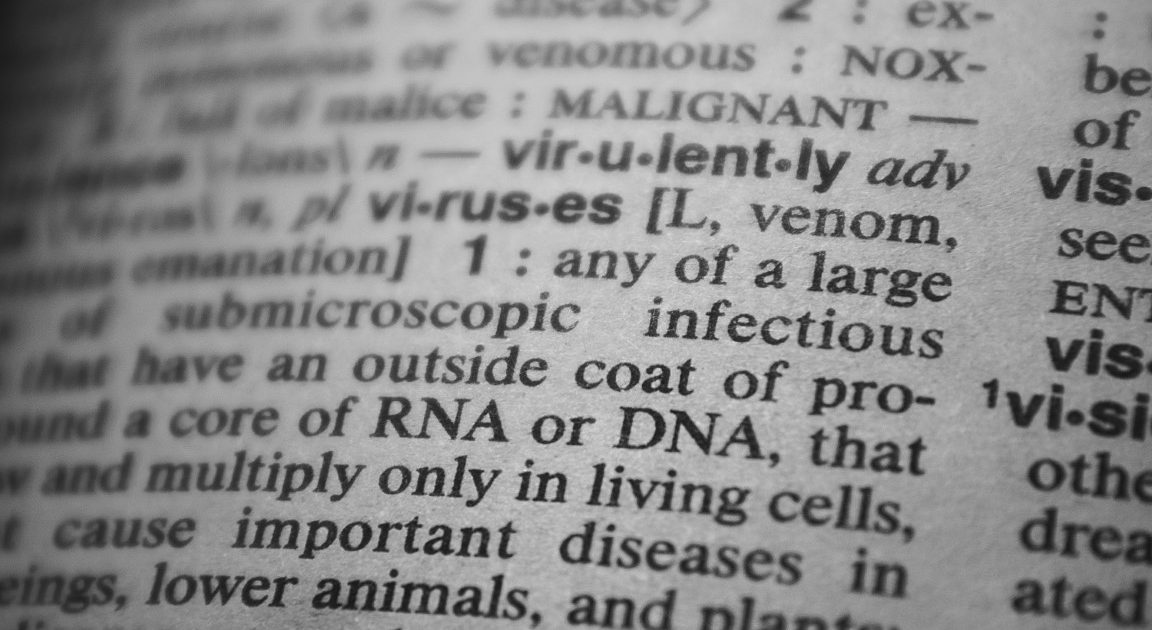Nobody will ever win the Battle of the Sexes. There’s just too much fraternizing with the enemy. Henry Kissinger
When pregnant moms are asked whether they are hoping for a boy or a girl, the most popular answer is “I don’t mind at all, as long as it’s healthy!” But, deep down, most of us do have a preference – be it the dream of a nursery all in pink or adorable clothes in every shade of blue. For some, being able to determine the gender of the baby becomes somewhat of an obsession. They focus on everything from dietary changes to varied sexual positions. In addition to a string of old wives’ tales, there are several medical procedures offered to affect gender selection – with varying success.
However, the determination of your baby’s gender all boils down, quite simply, to x and y chromosomes.
Finding the answers to questions such as “what actually determines the gender of my baby?” or “is it the mother or the father that determines the baby’s sex?” merely requires a quick biology lesson.
DNA or deoxyribonucleic acid is the chemical inside the nucleus of all cells that carries the genetic instructions for the functioning of living organisms. Chromosomes in turn are long, threadlike segments of DNA within the nucleus of cells. Chromosomes carry genetic information and determine individual characteristics such as hair colour, eye colour and, of course, gender. Human cells contain 23 pairs of chromosomes – one of these pairs contains the sex chromosomes – the infamous, gender-deciding x and y. In females, two like x chromosomes appear; while in males the pair is made up of one x and one y chromosome.
The female egg always contains only x chromosomes; male sperm cells however contain either x or y chromosomes.
The female egg always contains only x chromosomes; male sperm cells however contain either x or y chromosomes. Therefore, it is the male sperm cell that determines the sex of a baby. If a sperm cell containing an x chromosome is the one to fertilise the egg, a female baby will result. A boy is created when the sperm cell fertilising the egg contains a y chromosome. Sperm cells containing y chromosomes are very fast, but to even things out, are also very weak and die off relatively quickly after release. Sperm containing the x chromosome are slow but tough, and therefore more able to withstand so-called hostile conditions within the female. For this reason, factors such as the acidity or alkalinity of a woman’s reproductive tract; and the time in the reproductive cycle at which conception occurs also play a role in determining the sex of the baby.
When pregnant moms are asked whether they are hoping for a boy or a girl, the most popular answer is “I don’t mind at all, as long as it’s healthy!” But, deep down, most of us do have a preference – be it the dream of a nursery all in pink or adorable clothes in every shade of blue. For some, being able to determine the gender of the baby becomes somewhat of an obsession. They focus on everything from dietary changes to varied sexual positions. In addition to a string of old wives’ tales, there are several medical procedures offered to affect gender selection – with varying success.
Photo by Ian Panelo from Pexels


